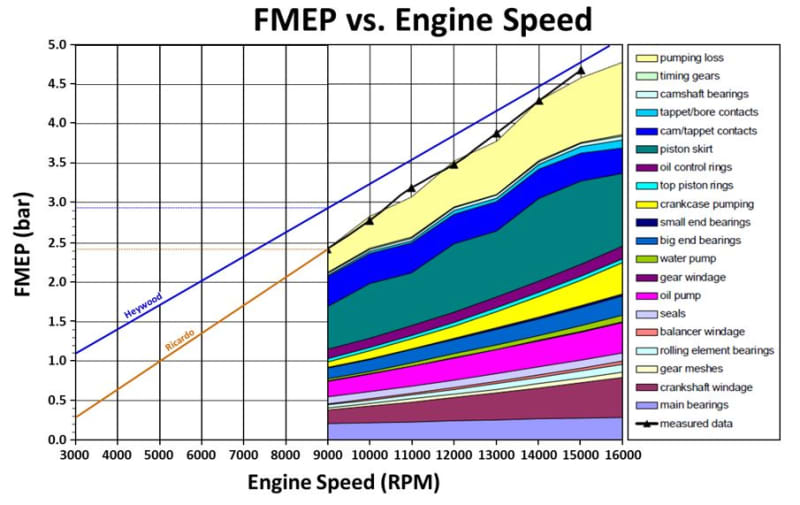What specifically are your objectives with your CI two-stroke effort?
I am designing a compression ignition two-stroke (HCCI). I could find no model adequate to the task, so I used USC Professor Paul Ronney's spreadsheet "AirCycles4Recips.xls" to get started with my own model. I provided a link to the spreadsheet and his lectures (one of which focuses on AirCycles4Recips.xls) on an a post to this forum titled "Great Resource for fans of internal combustion engines..." on 5/6/2019.
The model itself is too course for actual engine design and lacks a good number of key features which I had to add...
1) The ratio of specific heats is fixed and relates to air only. You'll need to add a column for the ratio in each row of the quasi-static model and calculate it based on temperature and what's in the cylinders (air only or air and fuel or exhaust products).
2) Heat transfer is coarse. You'll need to incorporate convective heat transfer using one of the common heat transfer coefficients into the heat loss calculations. Google "______ heat transfer coefficient" filling the blanks with "Woschni" or "Assanis" or "Hohenberg" as appropriate for the design.
3) Ignition delay (critically important for compression ignition) is missing and needs to be added. There are many published papers on this topic.
4) Pumping losses are missing and need to be calculated from port flow analysis.
5) Friction is rolled up into a very coarse FMEP number. I use an averaged linear approximation of FMEP from measured data presented by Ricardo and Heywood (see below). The figures given on the plot are for 6-8 cylinder engines and analysis is usually done on a single cylinder, so I divide the average of the two by 6 to yield an approximate value.
6) There are too few rows of calculations in each portion of the cycle to approximate quasi-static conditions needed for valid results. Simply add sufficient rows to bring the number of degrees per step down to 0.1 or less.
7) Volume changes in a linear fashion during each portion of the cycle. You'll need to change it to match your crankshaft parameters.
8) The spreadsheet is for a four-stroke and you'll need to modify it for two-stroke.
Even the best thermodynamic models are only approximations of real world physics; models are only used to get in the ball park. If the model indicates success, the real engine
may work but, if the model indicates failure, the real engine is likely a waste of time.

